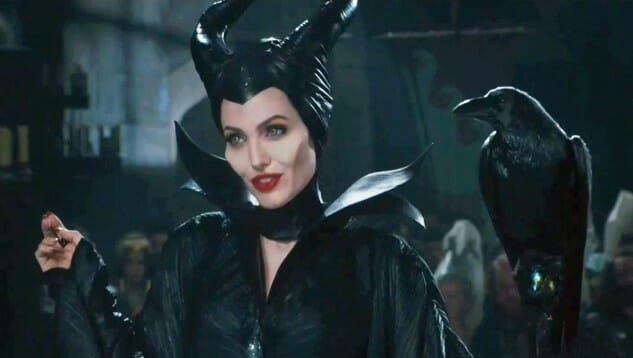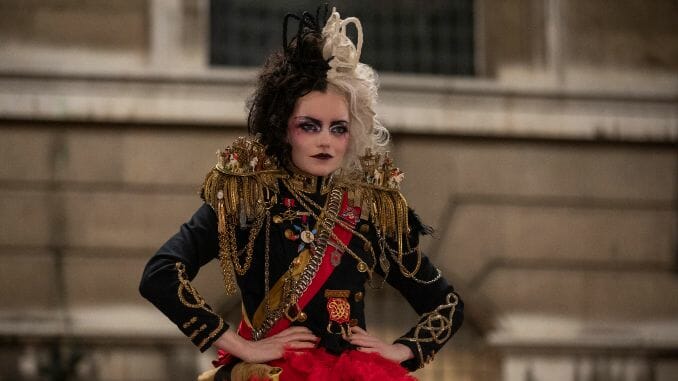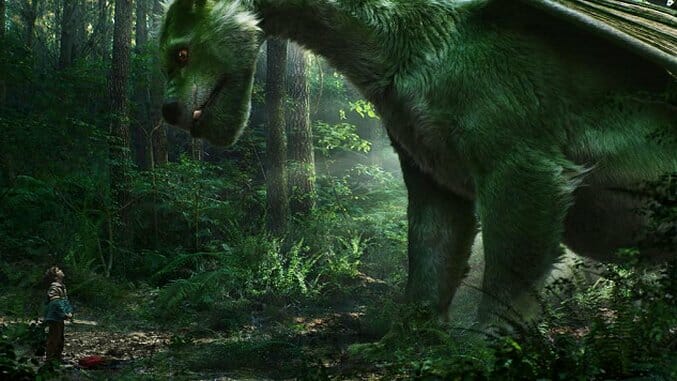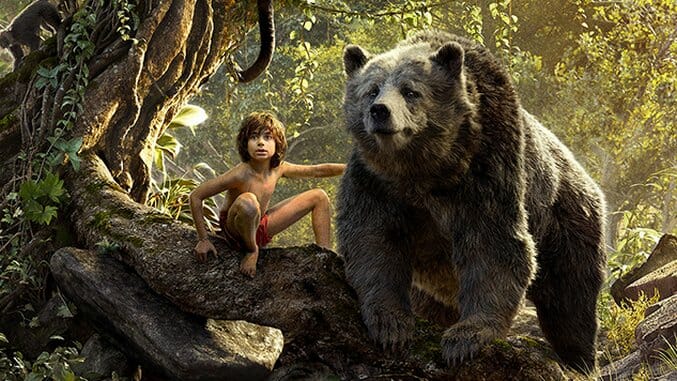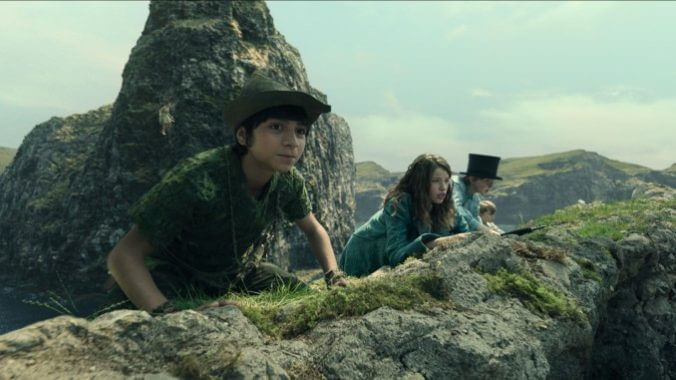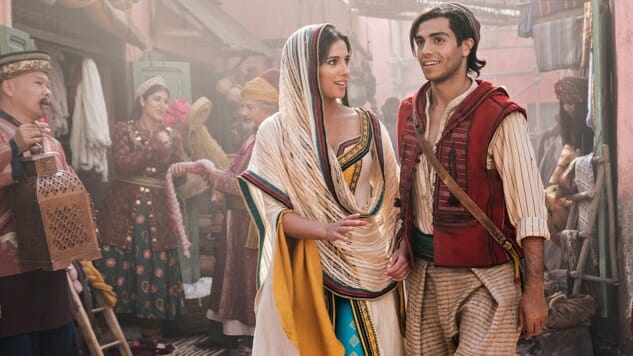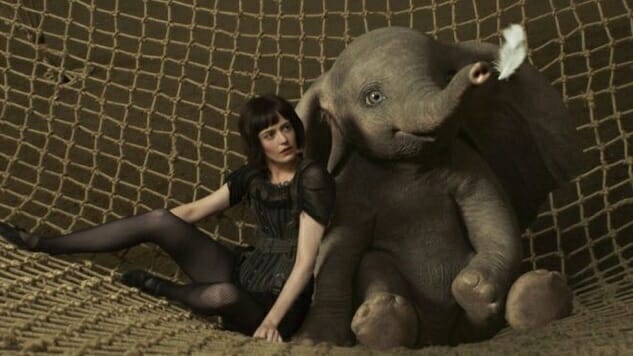Every Disney Live-Action Remake, Ranked
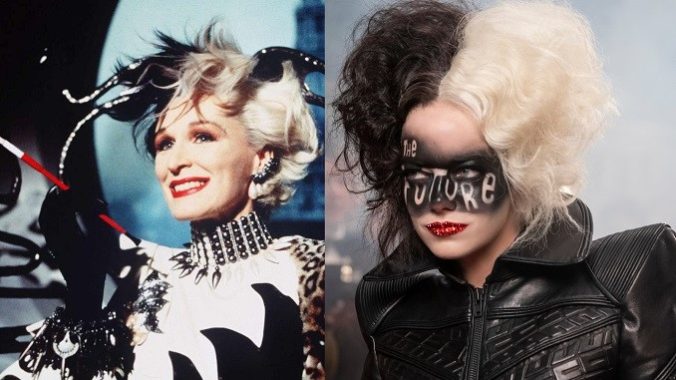
At first, it seems like the only reasonable way to rank out the history of Disney not-quite-live-action cover-band remakes of their animated classics would be by box office gross. After all, that’s why these things are made: Not as an expression of artistic sensibility or even as an attempt to pay tribute to the magic of the originals, but because paying customers go to see them – somewhat inexplicably, if you ask the movie critics who have had to sit through more than a few bizarre recreations of what are often childhood favorites. That’s the howl of movie-geek sadness accompanying these seemingly thrice-yearly projects: Why do people watch these?!?! The answer is not so different from the question of why people ride theme-park recreations of Disney movies: Because it’s the thing they already like, elaborately made “real” in a way that (while not actually real) is different enough to provide distraction. An uncanny-valley remake of Beauty and the Beast is not as impressive as mounting a Broadway show, or feeling like you’re inside the movie, no, but it’s also a lot cheaper, and lasts longer than your average theme-park attraction, and gives you cover versions of some of the best songs to ever grace a movie musical, animated or otherwise.
This does not lend these projects much artistic merit, apart from the craft involved in reinventing familiar designs in new environments. (Even then, the result is terrifying or hideous as often as not.) But it is entirely possible to make a non-worthless remake, even if the triple-branding of Disney Presents Disney By Disney doesn’t instill much confidence. That familiarity can be used to recontextualize, rethink or otherwise have fun with the movies most closely identified with the company, even if usually it isn’t. Though plenty of these movies flatten what they’re supposed to dimensionalize, they also include multiple movies by Tim Burton and David Lowery, plus Robert Zemeckis, Guy Ritchie and Niki Caro. It’s not all Rob Marshall and former VFX directors, in other words.
Nor is it all good, by any means. It’s worth, however, parsing the difference between enjoyable riff, uninspired retread and affront to the very notion of cinema. (What have you done, Jon Favreau!?) So let’s differentiate from the abominations, the curiosities and the genuine entertainment by examining these much-hated, much-seen attractions. These movies do not always deserve our close attention, but they will be presented to children and fans for years, so we might as well get into it.
A few eligibility notes: Sequels don’t count. 102 Dalmatians, Maleficent: Mistress of Evil and Alice Through the Looking Glass may not be very good on average, but they are attempting to sequelize their live-action predecessors, not adapt a particular Disney cartoon. If anything, more of these might help distinguish the more slavishly faithful of these “reimaginings.” Also, the films in question have to be based at least in some part on a particular Disney animated feature, not a character or a short. In other words, The Sorcerer’s Apprentice doesn’t count, because the cartoon it’s not really adapting isn’t the entirety of Fantasia; Christopher Robin doesn’t count, because it’s not an adaptation of The Many Adventures of Winnie the Pooh (which itself is really sort of a compilation film anyway). Pete’s Dragon does count, because while the original was not a fully animated movie, the remake is clearly in the spirit of the others like it.
With that out of the way, let’s dissect Disney as obsessively as Disney keeps dissecting itself!
Here are all the “live-action” Disney remakes, ranked:
17. The Lion King (2019)
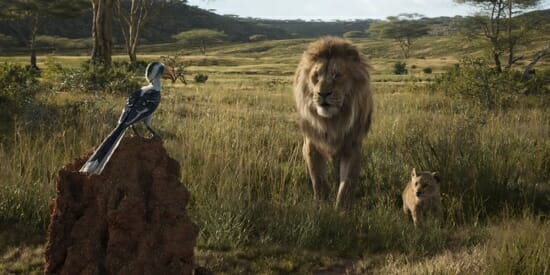
This is a universally powerful story, with terrific songs and countless funny and fascinating supporting characters. It’s a classic of performance and sensation. This version, seemingly by design—like that was the damned plan all along—drains every bit of life from it … in order to make it more “realistic.” I would love to watch a documentary about these beautiful animals in the flesh. I would love to watch the original film with its joy and grandeur and scope and sense of fun. This? This bizarre, literal-minded thing? I don’t know what this is. It feels like taxidermy. – Will Leitch
16. Pinocchio (2022)
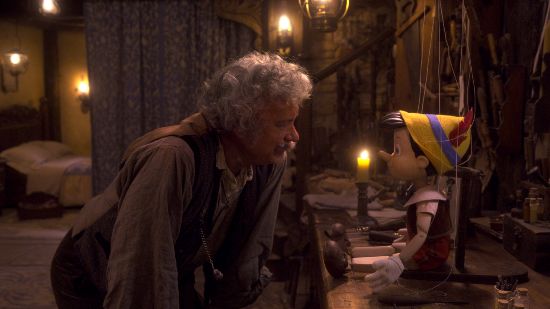
Robert Zemeckis has gone to great lengths to recreate the hand-drawn feel of the original interiors. It’s not that they appear animated, but that you can genuinely sense the handiwork that went into making them. It packs the sets to the hinges with charm—especially Geppetto’s workshop, where the heart of the story beats. The animated creatures and puppets seamlessly blend into the ornate sets. There’s just enough whimsy to their realism to keep them cartoonish. Honest John and Gideon have natural, fur-like textures and clownish expressions. This may be disturbing to some. Not to worry; Zemeckis is keenly aware of how uncanny it can be to see objects and animals come to life. He enjoys pointing it out. In fact, he could have pointed it out more. In trying to keep his Pinocchio from being as severe as the original, Zemeckis shies away from fully embracing the unsettling nature of the story as other recent versions have done. – B. Panther
15. Lady and the Tramp (2019)
The original Lady and the Tramp is one of Disney’s more modest animated features – and one of its most charming, probably the most altogether successful of the studio’s five 1950s-era animated features. Disney has now remade or remixed all five of those movies, and oddly, its quasi-live-action Lady is the weakest of the lot, maybe because the original had so little room for improvement. The sets and CG backdrops recapture some of the earlier film’s painterly sensibility, but to what end? Just to showcase a couple of nice vocal performances from Tessa Thompson and Janelle Monáe? (Monáe doesn’t play the Tramp, sadly; that falls to a vaguely miscast Justin Theroux.) It’s one of the most egregious swellings of a compact cartoon (the 1955 film runs 76 svelte minutes) into a gaseous two-hour “reimagining” that scarcely contains any extra character development or plot points but still manages to add 40-plus minutes. Still: It’s a livelier talking-animal picture than that Lion King monstrosity. – Jesse Hassenger
14. Beauty and the Beast (2017)
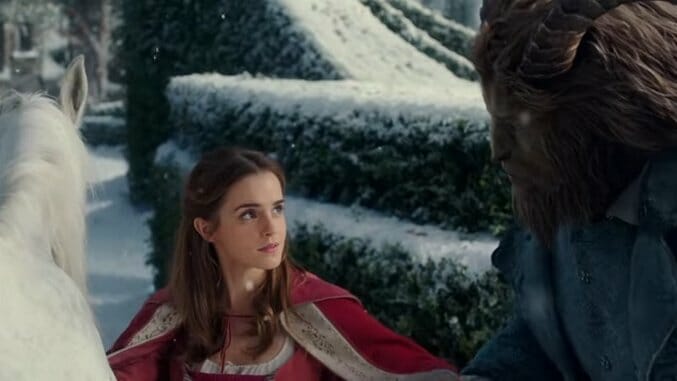
I don’t want to bury the lede, so let me be clear: Beauty and the Beast buries its leads—not just their relatively boring characters beneath a cavalcade of charming living furniture, but sometimes literally within the music. Belle (Emma Watson) and Beast (Dan Stevens) perform their roles well, but the song mixes are so spotty, so hit and miss, that if dialogue doesn’t happen to be the opening lines of a song, it’s unintelligible, swallowed by the film’s overwhelming melodic noise. Who knows whether it was truly John Casali’s sound mixing work or if director Bill Condon demanded busier and busier edits, but the film’s music is often as muddy as it is beautiful. This wouldn’t be a major problem, except that these songs are most of the film’s draw—children in the audience should be singing along, feeling the magic in every narrative-driving lyric. Instead, the assumption that audiences know the lyrics already damns half the songs to garbled (if catchy) cacophony.--Jacob Oller
13. The Little Mermaid (2023)
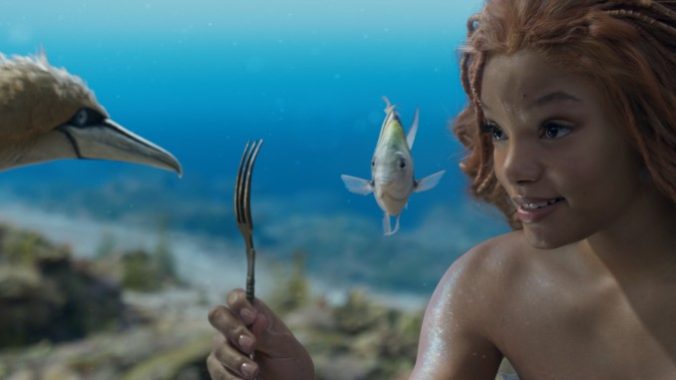
Tara Bennett describes this movie’s saving grace perfectly in her review: “They cast well with Halle Bailey, who carries the whole film with her Ariel performance. You can’t help but be taken in by her expressive face, which reflects the wonder of Ariel’s experiences both under the sea and top side. She’s also fin-forward in conveying Ariel’s sense of curiosity as an integral facet of her being. It’s inspirational for kids to see, and comes across as genuine to Ariel’s character in making her a more fully-formed person, which adds some heft to the storybook romance of it all.” This is all true—consider, though, how much more of a star-making performance this would be for Bailey if the movie granted her the same sense of freedom that Ariel seeks with her adventures on dry land. Her performance is smothered in CG, both in terms of her scene partners (who largely do not exist) and her own damn body (which is largely created on a computer). A smarter movie might have played these constrictions for thematic heft, but The Little Mermaid is more interested in issuing pointless corrections and making optics adjustments than actually reinterpreting this material in a meaningful way. The original film taps into a sense of desperate adolescent desire, however sublimated within a family-friendly framework. There are glimpses of this in Bailey’s performance, visible when director Rob Marshall isn’t distracting himself with barely-shiny objects. The way Ariel grasps at a rock, for example, preparing for that iconic “Part of Your World” reprise and crescendo, has a dash of white-knuckle humanity. But the movie is too timid to heat up its love story, and too faithful to truly reorient the story toward any other desires. Even at the end of the movie, this new Ariel wouldn’t be out of bounds to keep asking: When’s it my turn?--Jesse Hassenger
12. 101 Dalmatians (1996)
An outlier in time but not in form, Disney took a less fantasy-inflected dry run at remaking its beloved animated movies in the late ’90s, with this much-hyped real-dog take on 101 Dalmatians, featuring Glenn Close going way over the top as Cruella De Vil, before Emma Stone reimagined the character again as a cracked fashion plate. Critics understandably shrugged off this John Hughes-penned redo, which claims the original Dodie Smith novel as its source material, but mostly recreates scenes from the cartoon with a bit of Home Alone-style slapstick padding out the story. In that way, it’s a prescient bit of brand management, an early example of Disney leveraging and eventizing a popular title into a predetermined hit that would replace the original in the hearts of precisely no one. Yet viewed today, there’s also a certain default charm inherent to the movie using real dogs occupying real sets, rather than pure reanimation. There are special effects, of course, some CG and some puppetry, but the de facto nature-doc vibe The Lion King sometimes flirted with is more applicable here. The more creatively inspired Cruella has the distinct advantages of (1.) Emma Stone (2.) wearing drop-dead fabulous clothes that are (3.) showcased via a series of fashion pranks. The 1996 Dalmatians is far less ambitious, but it’s inarguably more coherent in terms of what it’s trying to accomplish and why – even when it takes to repeatedly dunking Cruella in animal shit.--Jesse Hassenger
11. Mulan (2020)
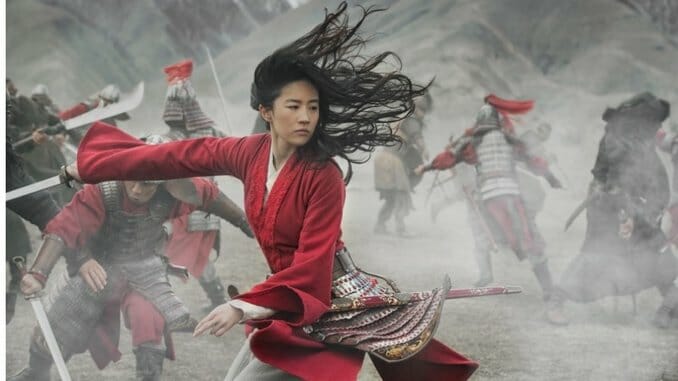
Unlike other live-action takes on Disney animated classics such as Beauty and the Beast and The Lion King, Mulan features no singing. Instrumental versions of some of the most famous songs from the movie, including “Reflections” and “Honor to Us All” provide the film’s soundtrack. And some scenes, like the spectacular training of the soldiers in the Imperial army with their red coats flowing in the wind as they move in synchronous movements just beg for a song-and-dance number. Donny Osmond singing “I’ll Make a Man Out of You” in the animated version may have been rife with problematic cultural appropriation and political incorrectness, but I can’t lie, when Commander Tung (Donnie Yen) says, “We’re going to make men out of every single one of you” before the training montage, I missed the infectious little ditty. While glorious to look at, the movie still feels slightly hollow. All the right pieces are there, but an emotional connection to the characters is lacking.–Amy Amatangelo
